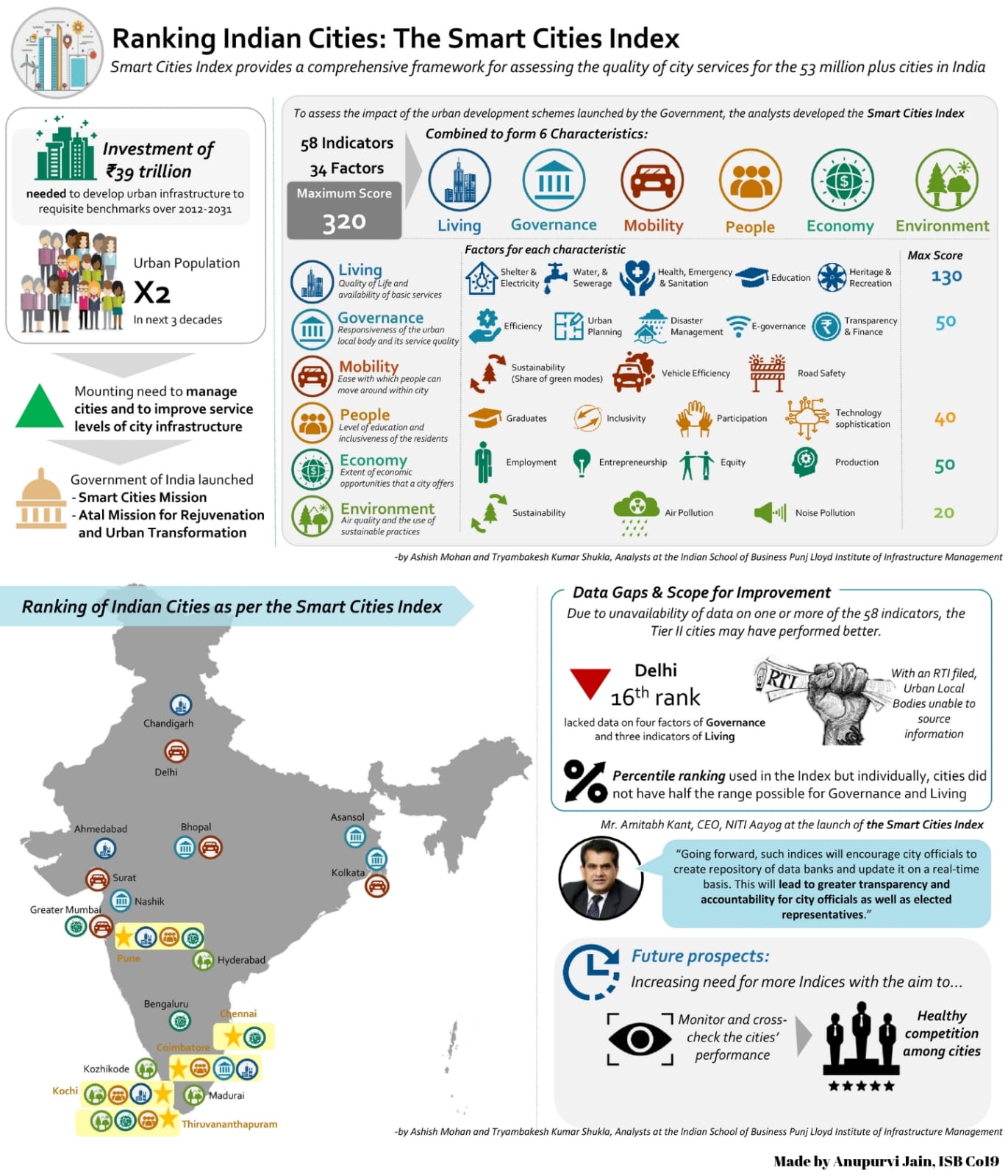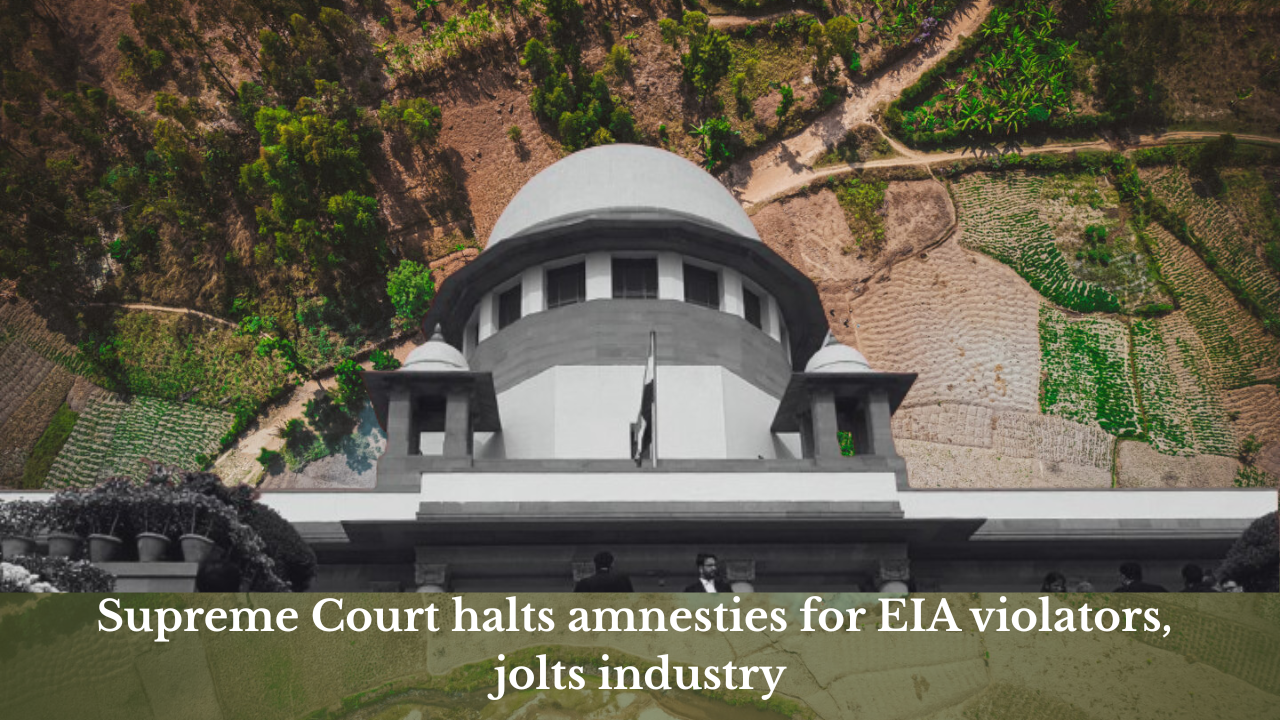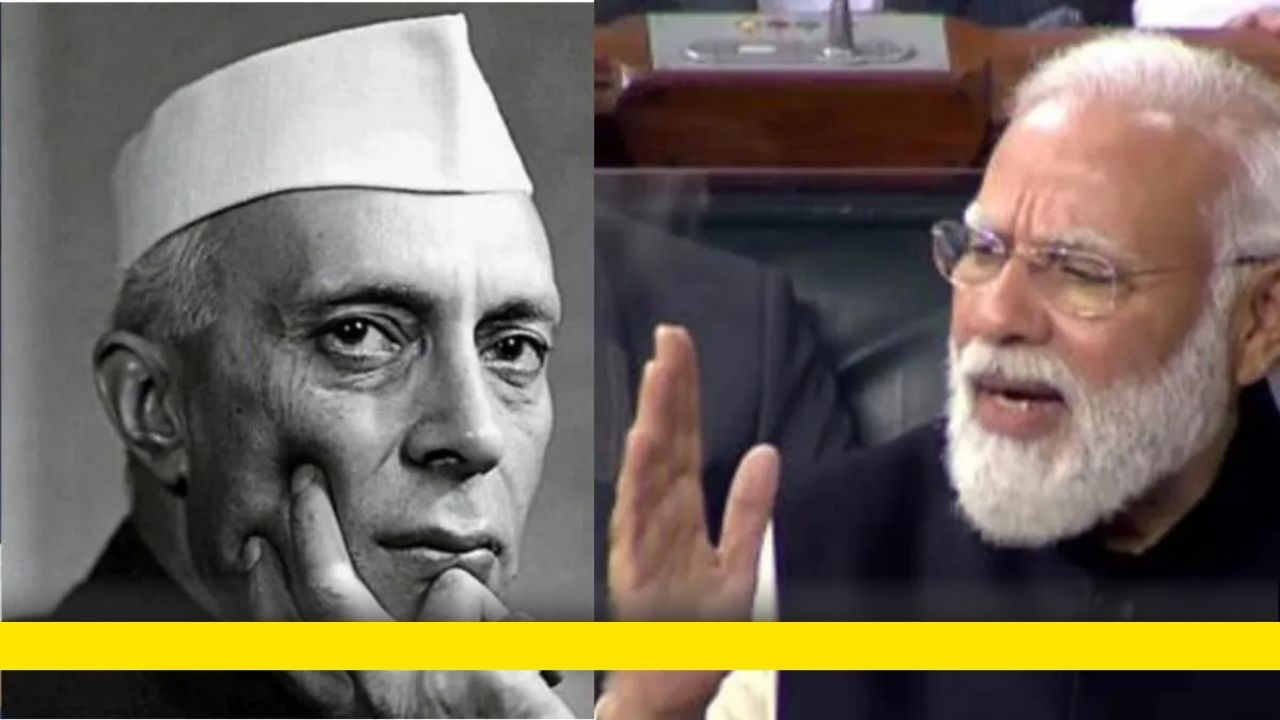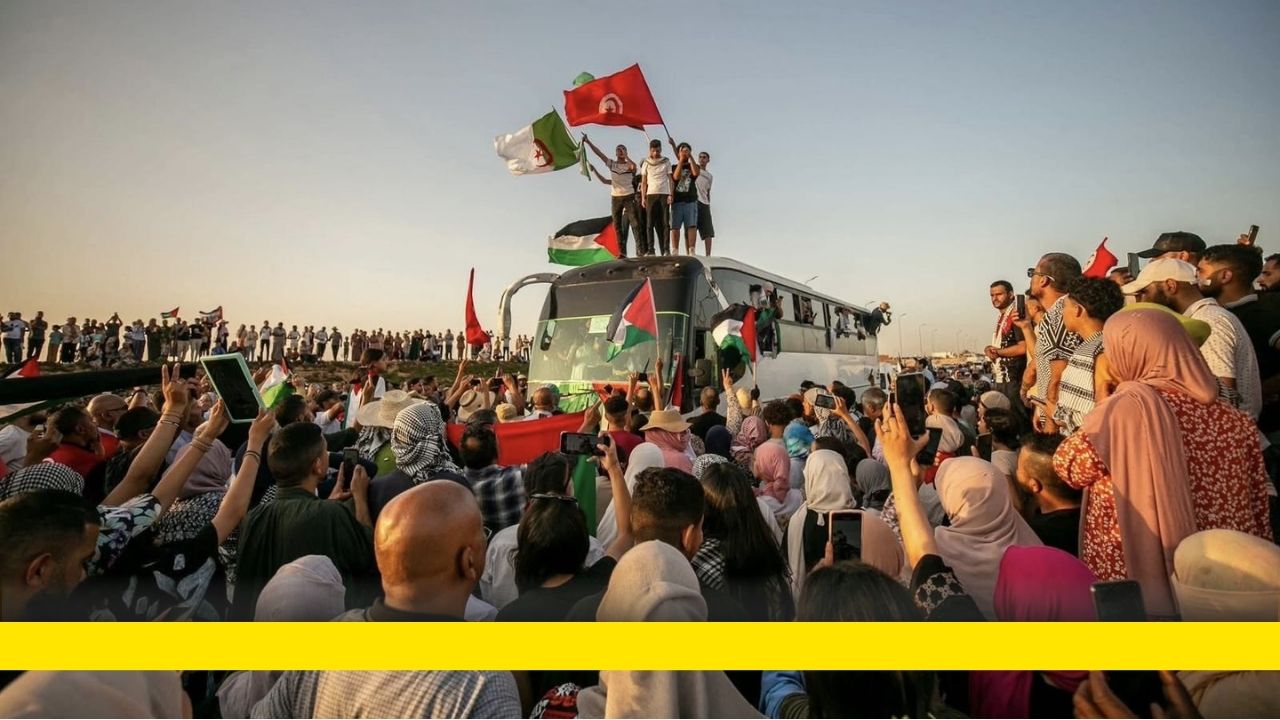Beyond Infrastructure: Can Budget 2024-25 Achieve Inclusive and Sustainable Urban Development?

The AIDEM continues its focussed analysis of the Union Budget 2024-25, this time with a special focus on proposals for urban development. While the Budget does lay emphasis on urban infrastructure through initiatives such as the Smart Cities Mission (SCM) and Atal Mission for Rejuvenation and Urban Transformation (AMRUT), questions arise about the inclusivity and holistic impact quotient of these development plans. This article attempts to examine the allocation and effectiveness of urban development funds from a growth perspective as well as in terms of the broader implications that the funds deployment have for sustainable and inclusive growth.
The global conversation on urban development, spurred by G20 Summits and the Urban20 (U20) group, underscores the crucial role cities have in this progress. The ‘Financing Cities of Tomorrow’ initiative, led by the G20’s India Presidency, focuses on sustainable finance to foster inclusive, resilient urban areas, aligning with the United Nations (UN) Sustainable Development Goal 11’s vision for sustainable cities.

Seen from this context, urban development in India remains at a crossroads, propelled by significant financial investments and strategic initiatives, and yet raising critical questions on the parameters of inclusivity and sustainability. The Union Budget for 2024-25 continues to prioritise urban infrastructure, notably housing and transportation, reflecting a strategic commitment to transit-oriented urban development. In the Budget Speech, ‘urban development’ was specifically prioritised under the ‘Viksit Bharat’ initiative. Emphasis was placed on cities as growth hubs, with plans for creative city redevelopment, digitising urban land records, and establishing an IT-based system for property and tax administration to improve the financial health of urban local bodies.

However, the real challenge lies beyond mere infrastructure. To truly advance, urban development must be inclusive and sustainable, addressing social, economic, and environmental dimensions. This article critically examines the Budget’s approach to urban development, leveraging data to argue for a more holistic and equitable urban future.
The Budget’s Urban Development Priorities: Setting the tone
The Ministry of Housing and Urban Affairs (MoHUA) has seen its budget allocation rise to Rs 82,577 crore, an 8 per cent increase from the previous year’s budget estimate. Key urban schemes, such as the Pradhan Mantri Awas Yojana-Urban (PMAY-U), Metro Projects, the (AMRUT), and the Swachh Bharat Mission-Urban (SBM-Urban), have received substantial funding. However, the primary driver behind the increased allocation for the Ministry (MoHUA) is the expanded funding for PMAY-U, highlighting the government’s emphasis on enhancing urban housing infrastructure and services.

A closer look at the data reveals a more complex picture. While the budget allocation for MoHUA has increased, the share of total urban development expenditure in the overall Union Government expenditure and Gross Domestic Product (GDP) has gradually declined. For instance, the share of urban development expenditure in the overall Union Government expenditure has dropped from 2.5 per cent in 2021-22 to 2.2per cent in 2023-24. Similarly, its share in GDP has decreased from 0.48 per cent to 0.45 per cent over the same period. This trend raises concerns about the adequacy of resources to meet the growing needs of urban areas.
Transport-Oriented Urban Development: Are the Projects in Sync With Overall Development Goals?
The Budget’s emphasis on Transit-Oriented Development (TOD) reflects a strategic shift towards sustainable urban mobility. Significant investments have been made in Mass Rapid Transit (MRT) technologies, with the operational Metro Rail network expanding to 862.16 km by 2023, covering 22 cities. This expansion aims to enhance public transport usage, reduce traffic congestion, and lower pollution levels.
However, the effectiveness of these investments depends on their integration with broader urban development strategies. A holistic approach is needed to ensure that metro systems are aligned with overall urban development goals, including improving accessibility, supporting economic growth, and enhancing the quality of life for residents.
Crucially, the success of these investments hinges on addressing Last Mile Connectivity (LMC), which remains a significant challenge in many Indian cities. Ensuring seamless connectivity between metro stations, public transport hubs, and residential or commercial areas is essential to maximising the utility and efficiency of these systems.

The focus on electric vehicle (EV) infrastructure and public transport promotion in the 2024-25 Budget is a positive step towards sustainable development, but careful planning and implementation are crucial to realise the full benefits of these initiatives. Data from the Budget highlights a 25 per cent increase in funding for EV infrastructure, amounting to Rs 5000 crore, and an additional Rs 3000 crore for the expansion of public transport networks in Tier-2 and Tier-3 cities.
Smart Cities and AMRUT: Bridging the Gap or Falling Short?
The Smart Cities Mission (SCM) and AMRUT have been central to the government’s urban development agenda. The goals for SCM are to enhance urban infrastructure, ensure a high quality of life for residents, and promote a clean, sustainable environment through innovative ‘Smart’ solutions. AMRUT has emerged as a flagship initiative of the Union government, focusing on vital urban development areas such as water supply, sewerage and septage management, stormwater drainage, non-motorised urban transport, and the creation of green spaces and parks.
Although SCM has made significant progress, with 90 percent of funds utilised and many projects nearing completion, the budget allocation for the SCM between 2019-20 and 2024-25 shows a notable trend, which is bound to raise the eyebrows of close observers of the sector. The 2023-24’s revised estimates are at ₹8000 crore and for 2024-25, there is a significant 70 percent cut bringing the allocation down to ₹2400 crore. This reduction suggests a funding priority towards more efficient project completion but raises questions about the future of smart city initiatives and their long-term sustainability.

AMRUT, on the other hand, has received a significant budget increase, with an allocation of Rs 8000 crore for 2024-25, a 53 per cent rise from the previous year. AMRUT’s next phase, AMRUT 2.0, was introduced for a five-year period up to 2025-26, boasting a comprehensive outlay of ₹2,99,000 crore, with the Union government’s contribution amounting to ₹76760 crore. It aims to achieve universal water supply and sewerage connections, promote a circular economy with the City Water Balance Plan, rejuvenate water bodies, recycle treated wastewater, and safeguard freshwater resources.
However, it needs to be underscored here that the completion of AMRUT 1.0 projects has been delayed due to the COVID-19 pandemic and administrative hurdles. By the end of 2023, only 60 percent of AMRUT 1.0 projects had been completed, highlighting the need for improved implementation mechanisms. Therefore, ensuring timely completion of AMRUT 2.0 projects and addressing these challenges are essential to achieving the scheme’s goals of universal water supply, sewerage connections, and promoting a circular economy.
The Meaning of Budgetary Stagnation for Swachh Bharat Mission
The Swachh Bharat Mission (Urban) has transitioned into SBM-Urban 2.0, aiming to make all cities garbage-free. The budget allocation for this mission saw a substantial increase to ₹5000 crore in 2023-24, up from ₹1926 crore in 2022-23. However, the revised estimates for 2023-24 were reduced by 49 per cent, bringing the allocation down to ₹2550 crore. The funding for 2024-25 has been kept at the same level as 2023-24, indicating a need for effective implementation plans to broaden the mission’s impact and improve fund utilisation.

Urban India generates over 150,000 tonnes of municipal solid waste daily, with only about 83 per cent being collected and a mere 28 per cent processed. SBM-Urban continues to face challenges with expenditure prioritisation and implementation across states. Despite ongoing efforts, only three cities (Surat, Indore, and Navi Mumbai) achieved a seven-star rating in Swachh Survekshan 2023 out of 4320 participants. Fund utilisation rates for SBM also vary widely, with some States showing zero utilisation.
Significantly, Tamil Nadu utilisation exceeded 90 per cent, while Maharashtra spent 15 per cent in the 2021-22 fiscal year. Major States like Uttar Pradesh, Bihar, and West Bengal utilised only a small portion of their allocated funds. Additionally, the construction of Individual Household Latrines (IHHL) has not met targets, highlighting inadequacies in current norms, financial provisions, and technical designs.
This situation underscores the need for better financial provisions and technologies for the urban poor and homeless. Although SBM-Urban has improved door-to-door waste collection across states, not all regions with 100 percent collection coverage have effectively implemented waste segregation at the source, although there have been overall improvements in waste management practices.
Budgeting for Inclusivity: The Crucial Factors Of Urban Poverty and Employment
The budget has not given significant attention to the urban poor and their employment situation. Inclusivity in urban development is not just about infrastructure; it involves addressing the socio-economic needs of every segment of urban populations. The Pradhan Mantri Awas Yojana-Urban (PMAY-U) aims to provide affordable housing, targeting economically weaker sections, low-income groups, and middle-income groups. Despite significant financial allocations, discrepancies in state-wise progress and the gap between the commencement and completion of housing projects highlight the need for improved monitoring mechanisms. As of 2023, out of the 11.2 million houses sanctioned under PMAY-U, only 5.6 million had been completed, pointing to significant implementation gaps.

The Deendayal Antyodaya Yojana-National Urban Livelihoods Mission (DAY-NULM) addresses urban poverty and unemployment through skill training and self-employment initiatives. However, the persistent unemployment rates and insufficient shelter facilities for the urban homeless indicate that more robust measures are needed. According to the Periodic Labour Force Survey (PLFS) 2022-23, the urban unemployment rate stood at 8.9per cent, underscoring the urgent need for effective employment generation programs. The Budget’s reduction in funding for employment initiatives like the Prime Minister’s Employment Generation Programme (PMEGP) and DAY-NULM further exacerbates these challenges, with PMEGP’s allocation reduced by 15 percent and DAY-NULM’s by 10 percent.
Towards a Holistic Urban Development Strategy
The Union Budget 2024-25 presents a mixed picture of urban development priorities in India. While significant investments in infrastructure and sustainable transport are commendable, the focus must expand to include social and economic inclusivity. Ensuring that urban development benefits all residents, particularly the marginalised and vulnerable populations, requires a comprehensive and integrated approach.
To this end, the government should enhance monitoring and evaluation mechanisms, ensure timely completion of projects, and adopt innovative solutions to address urban poverty and unemployment. Leveraging insights from successful state-level interventions and expanding support through social sector schemes can help build a more inclusive and sustainable urban future. For example, Kerala’s LIFE Mission, which integrates housing, livelihood, and social security measures, could serve as a model for other states.

As India continues its urbanisation journey, the true measure of progress will lie not just in the length of metro lines or the number of smart cities but in the quality of life and opportunities available to all urban residents. The 2024-25 Budget lays down important groundwork, but much more needs to be done to realise the vision of truly inclusive and sustainable urban development.
This article draws on insights from the Centre for Budget and Governance Accountability’s (CBGA) publication titled ‘Revisiting the Priorities: An Analysis of Union Budget 2024-2025’, which provided a foundational understanding for the analysis presented here.
About the authors

Dr. Sanchari Mukhopadhyay is a Thematic Lead for Local Governance and Budgets at the CBGA

Ankita Shruti is a Development Sector Professional at the CBGA
Read the earlier article in the “Budget Focus 2024-25” series here.











